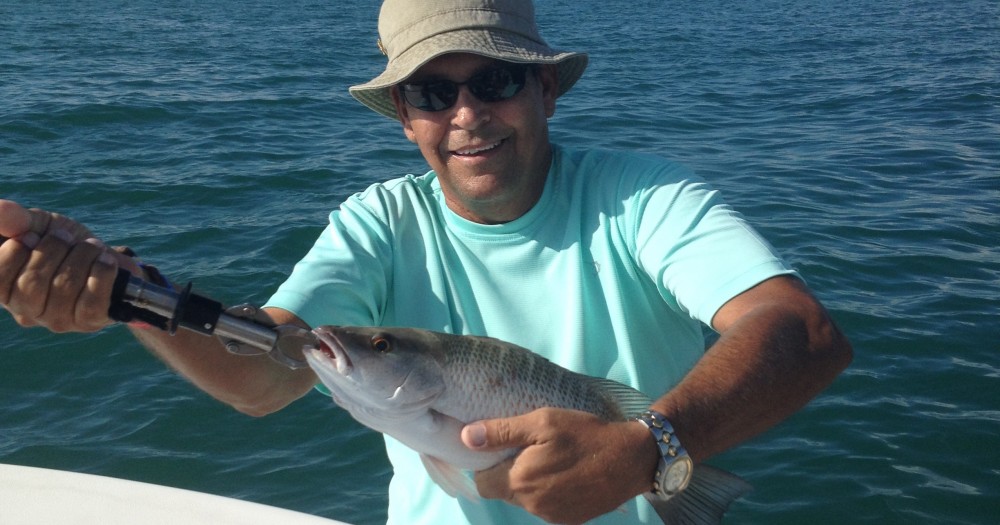If I have to fillet another snapper…
If I have to fillet another snapper…kind of sounds like a complaint but actually it’s the complete opposite.
I love catching mangrove snapper, and I love eating them, too. And, as a charter captain, I can speak for my clients by saying they like to catch them and eat them. They not always remember what they’re called, in fact, they usually call them red snapper, but upon return to my boat, they always ask, “Can we catch more snapper this trip? They were great last time.”
And I have to agree, they are great. Most of the snapper I target are in shallow water, considerably speaking. Artificial reefs, wrecks and ledges in water depths from 20-40 feet usually yield snapper 15-18 inches, with bigger fish mixed in. These snapper not only put up a great fight all the way to the boat, but the fillets are the perfect size for dredging in some better batter and releasing into the deep fryer. Tarter sauce and fresh lemon — oh yeah.
The act of catching mangrove snapper, I can honestly say, requires a certain skill set. I can say this because like all charter captains I occasionally get novice fishers on the boat — or seasoned fishers that are a little rusty because they only fish once or twice a year. This being said, I know how to catch snapper and when I watch other seasoned fishers try to do the same they cannot. “He’s got me in the rocks again, Danny.” If I had a dollar for every time I heard that I could retire and hire a captain to take me fishing.
Catching mangrove snapper can be tricky, and a lot depends on the technique you’re using to target them. For instance, when bottom fishing for mangoes, the skill set lies in being able to detect the bite and quickly reel the fish up before it pulls you into the reef or worse, gets eaten by a goliath grouper or barracuda.
Another challenge is when you’re free-lining boats to schooling snapper that are happily frolicking in the chum slick you’ve created. If you’ve ever tried this, you know that you bait has to float down as natural-looking as possibly or else the fish won’t eat it. Any little twitch, or if your line gets tight and your bait is just gliding in the current, will most certainly result in the snapper casually turning their noses from your bait.
And, last but not least, finding snapper can be a challeng in itself. And better yet, finding snapper that want to bite. Good places to look include reefs, wrecks and rock piles, although less glamorous places such as bridges, piers and jetties are also worth consideration. This being said, snapper fishing is not limited to those in a boat. Everyone can catch snapper — or at least they can try.

